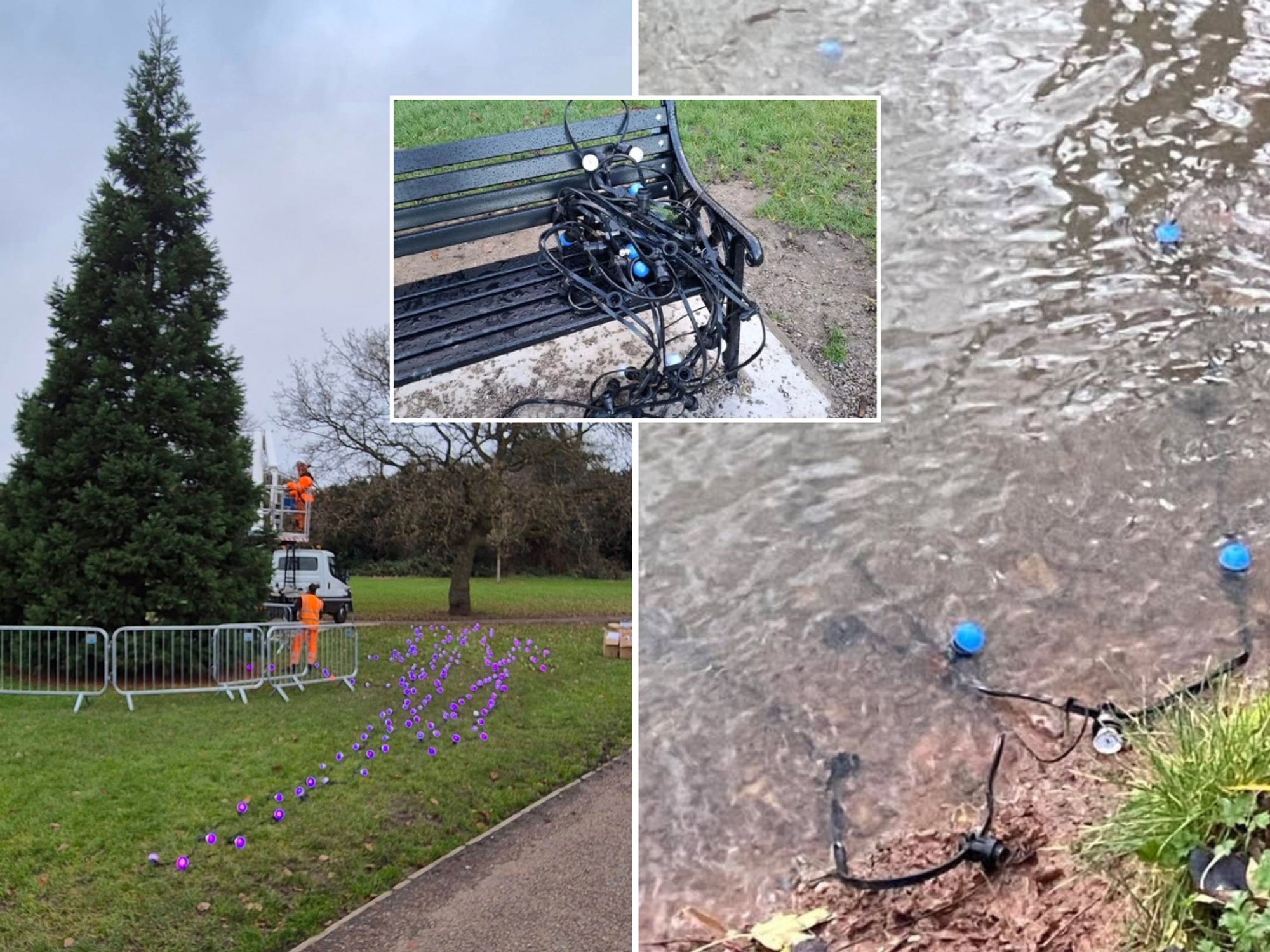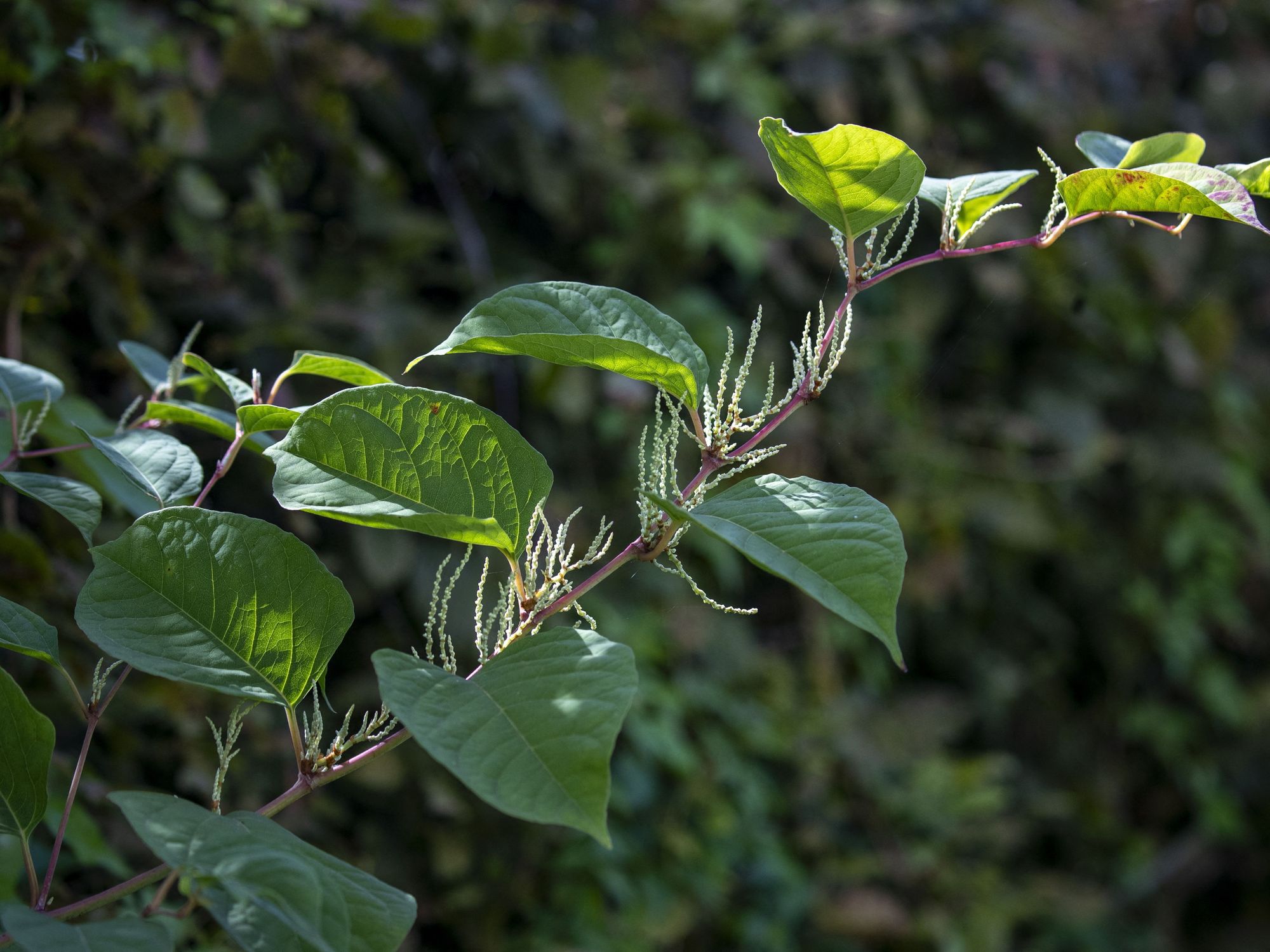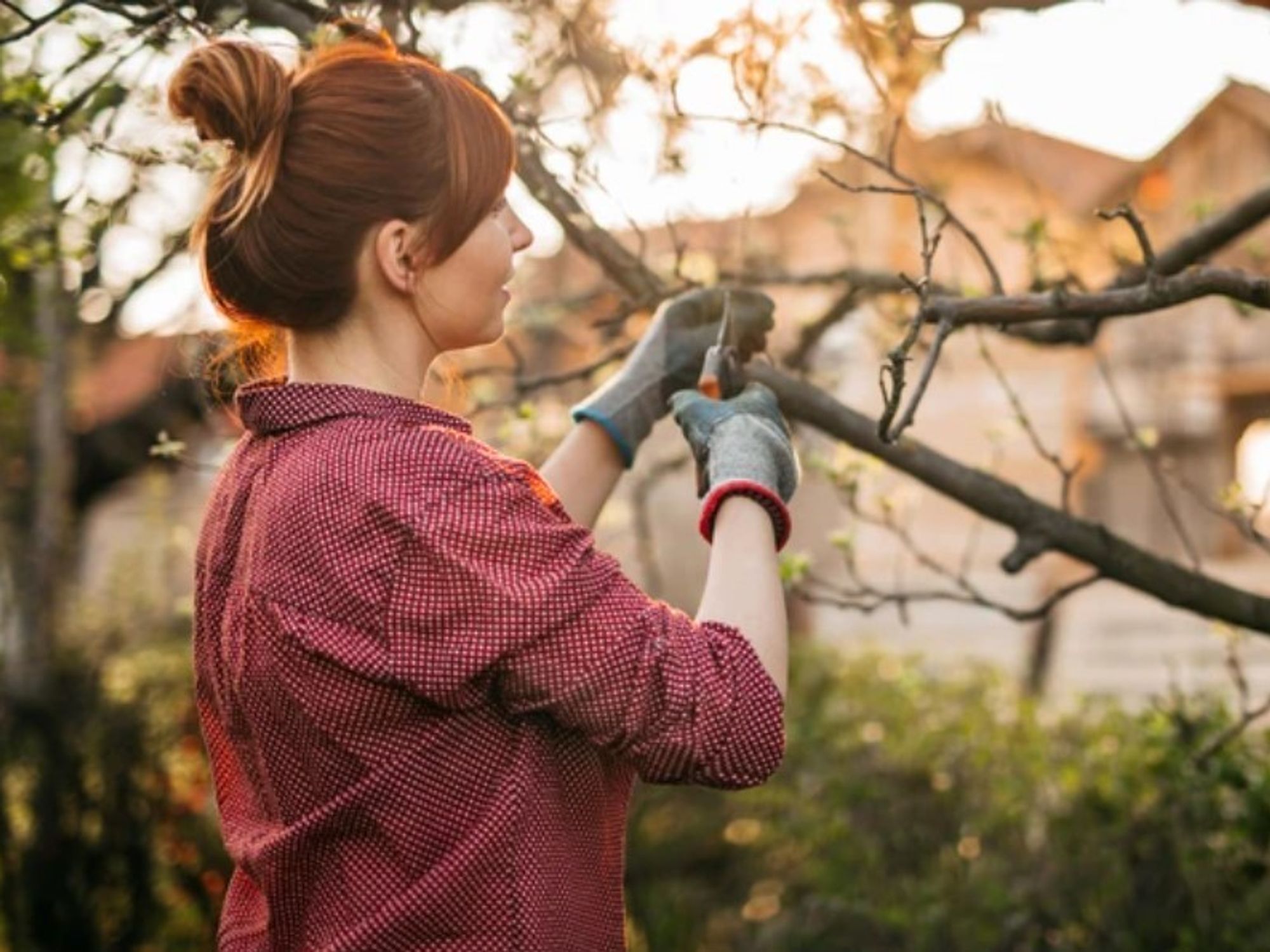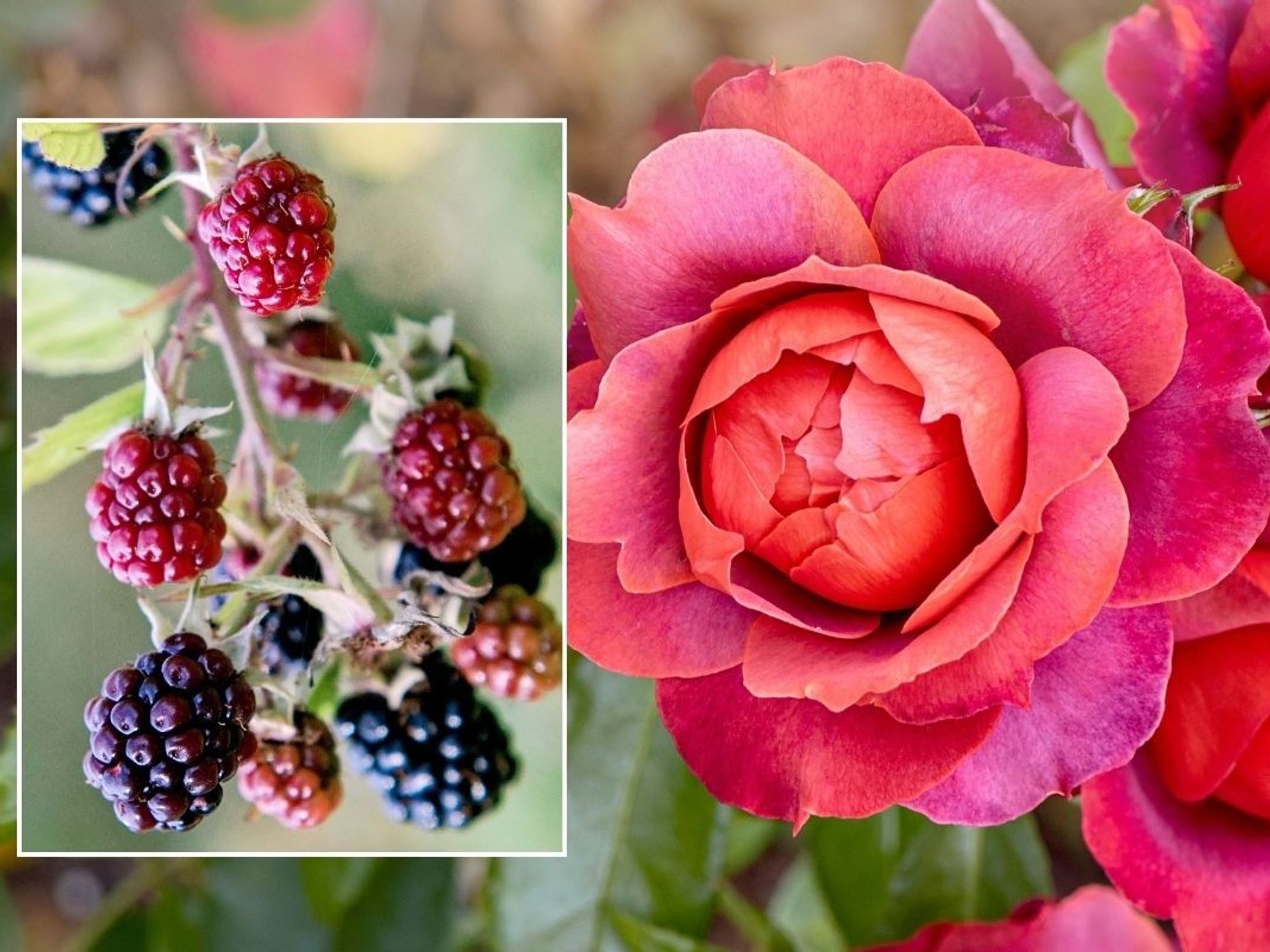In the garden with GB News: Perennials - everything you need to know for a long-lasting display of the perennials in your garden
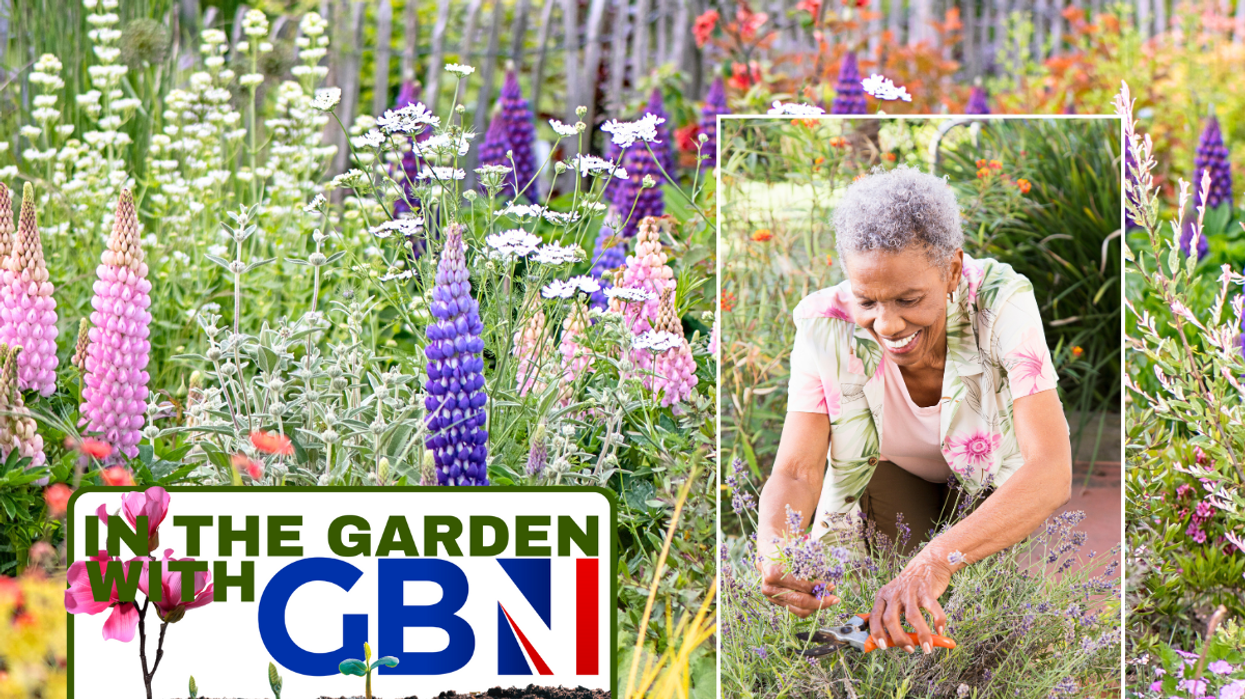
There are some care tips worth noting for all perennials
|GETTY

GB News is sharing everything you need to know about how to help the plants in your gardens thrive. This week, we look at how to grow perennials and help them to look their best
Don't Miss
Most Read
Perennials is a term that covers a whole host of plants you may have in your garden, specifically those that live for more than two years.
GB News shares the best ways to help you grow and maintain these flowers and plants in your outdoor space.
Everything to know about caring for perennials
Popular perennials include lavender, milkweed and purple coneflower as well as fruits, vegetables and spices such as strawberries, tomatoes, blueberry, basil, rosemary and sage.
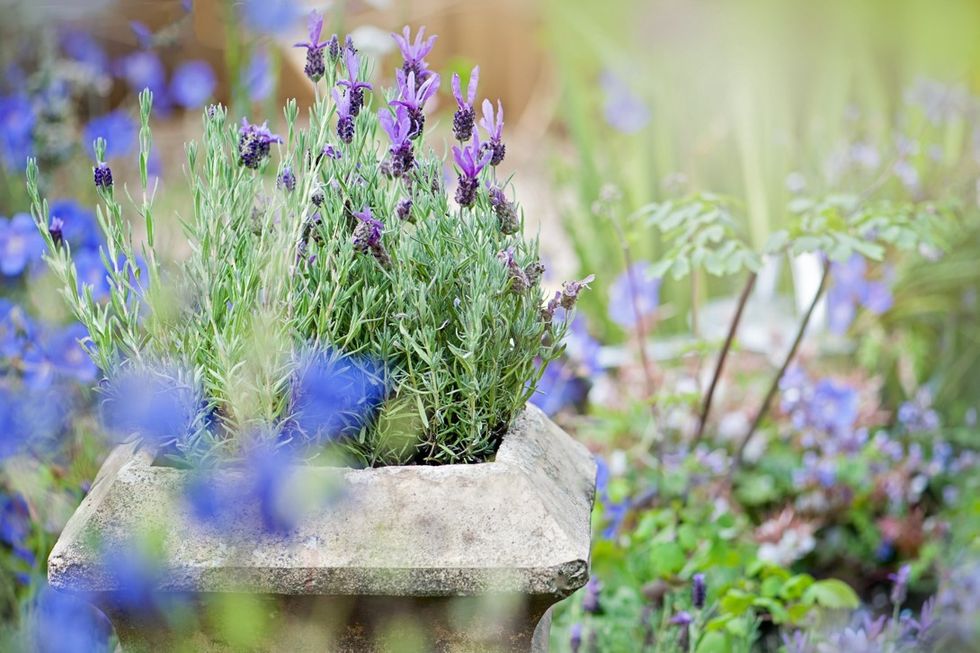
Lavender is a popular perennial
|GETTY
While they will all have different needs, there are some commonalities when it comes to planting and caring for perennials.
Planting
Early spring and autumn are the best times to plant perennials, but it's not too late now as all the plants need is cooler weather to help them grow. Due to their variety, there are perennials which will thrive in all types of soil and locations, whether your garden has sunny spots or shaded areas.
Co-founder of GreenPal Gene Caballero told GB News: "Planting perennials is best done in the early spring or autumn when the weather is cooler, allowing roots to establish without the stress of extreme heat.
"For successful planting, choose a spot with the right sunlight conditions for the specific type of perennial and enrich the soil with compost to provide nutrients.
"Caring for perennials involves regular watering, especially during dry spells, and mulching to retain moisture and control weeds."
Greenhouse manager at the Case Western Reserve University Farm at Case Western Reserve University Sarah Warner added: "Depending on your growing zone, perennial herbs, flowers, fruit trees, and fruit canes can be planted after the last frost of the year. This is because a frost can damage plant foliage and mostly the plant cannot recover if this happens."
Bare-root perennials can be planted straight into the ground and it is key to prepare the soil properly before doing this.
Gardeners should break up the soil and dig to the depth of the blade of a fork. Keep the plants healthy by using compost, manure or other natural matter to provide nutrients for the plants.
How to care for perennials in the garden
While perennials all have different needs, there are some tasks that should be carried out throughout the year.
It is important to use fertiliser and prune any dead parts to give them more strength for healthy growth.
The needs of the plants will change throughout the year. During the summer, it is good to deadhead any ageing flowers as this will encourage new growth.
Perennials can last for years but care is needed to ensure this happens. When the temperatures start to drop, it is wise to mulch as this will protect the plants against frost and other tough weather conditions in the winter.
Sarah told GB News: "Perennial plants typically thrive as long as they have sufficient water the first year. I recommend spending a lot of time with freshly planted plants and paying close attention to wilting, burning, or signs of too much water or not enough water.
LATEST DEVELOPMENTS
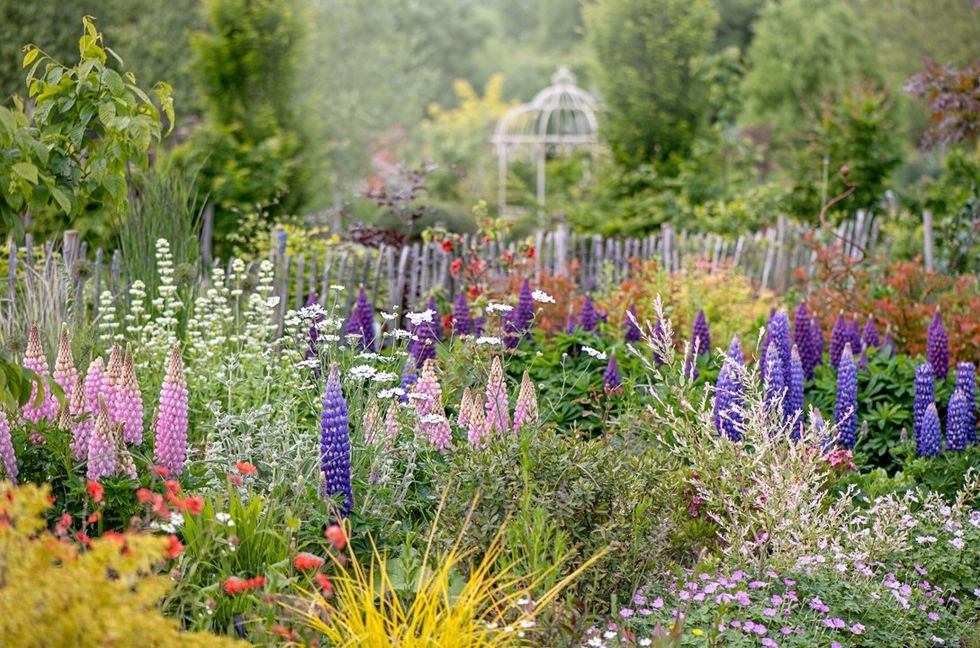
The plants can thrive in various conditions
|GETTY
"If the site that is selected for a perennial is not working in the first month or so, I would recommend moving the plant to a more desired location. After the first year, perennials will not like to be moved too much since the root system is more extensive. So it is best to make changes early after planting."
Perennials care timeline
Spring
Fertilise: "In spring, apply a slow-release fertiliser and prune any dead parts from winter," Gene advised.
Prune: "Before perennial fruits start to bloom, it is great to start pruning. It is important to get pruning done before fruit trees and fruit canes start to bloom as this could impact a harvest and damage the plant if it is pruned after blooming," Sarah added.
Summer
Deadhead: "Summer requires vigilant deadheading of spent flowers to encourage new growth," Gene advised.
Monitor: "Harvest as directed, each plant is different. Supply plenty of water and keep an eye out for signs of distress, pests or diseases," Sarah stated.
Autumn
Mulch: "In the autumn, cut back the foliage after the first frost and add mulch for winter protection," Gene explained.
Sarah continued: "Mulching and adding compost at this time of year is great! Preparing the plant for winter or a dormant season is great in September-November."
Winter
Prepare: "Winter is the time to plan for any new additions or rearrangements in your garden."
Looking for more tips on how to care for the plants in your garden? Check out the GB News guide on how to care for hydrangeas. Or find out everything you need to know for a vibrant display of sweet peas.







